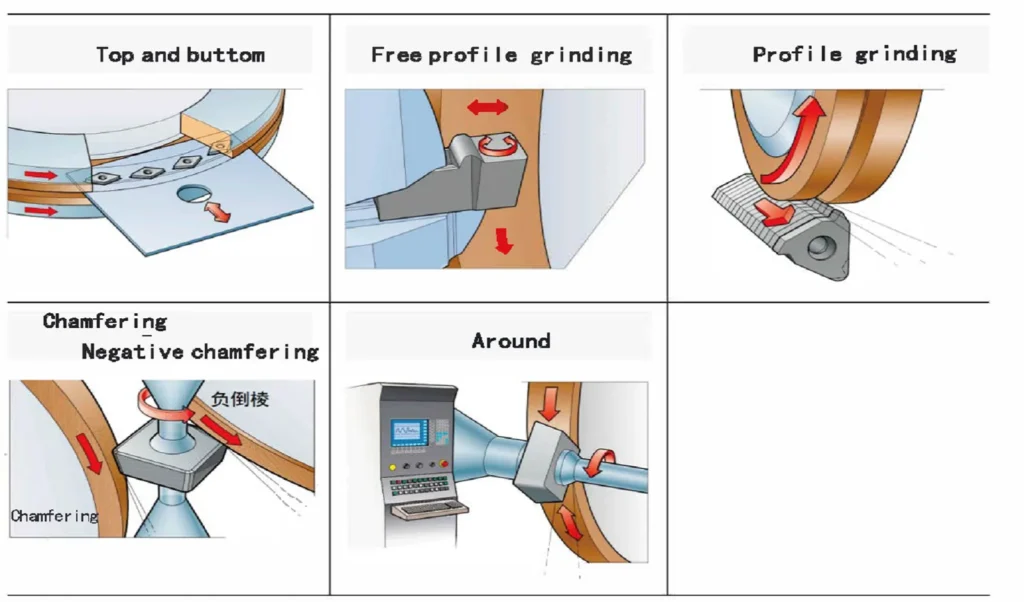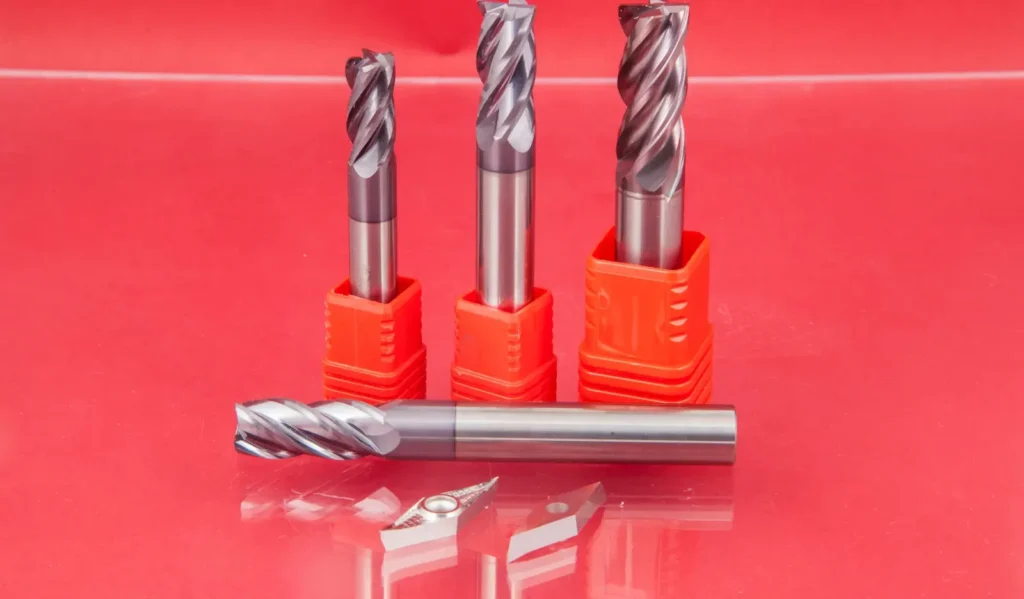In the world of metalworking, aluminum has become an increasingly popular material due to its lightweight properties, corrosion resistance, and versatility. However, machining aluminum effectively requires the right tools and techniques. Among these tools, end mills play a crucial role in achieving precision, efficiency, and quality results. This comprehensive guide will explore the intricacies of using end mills for aluminum, covering essential aspects such as flutes, helical angles, coatings, and various end mill types to help you master the art of aluminum machining.
Impact of Aluminum Alloys on Milling Cutter Selection
The specific aluminum alloy you’re working with plays a crucial role in determining the most suitable milling cutter. Different alloys possess varying properties that affect machinability and tool requirements:
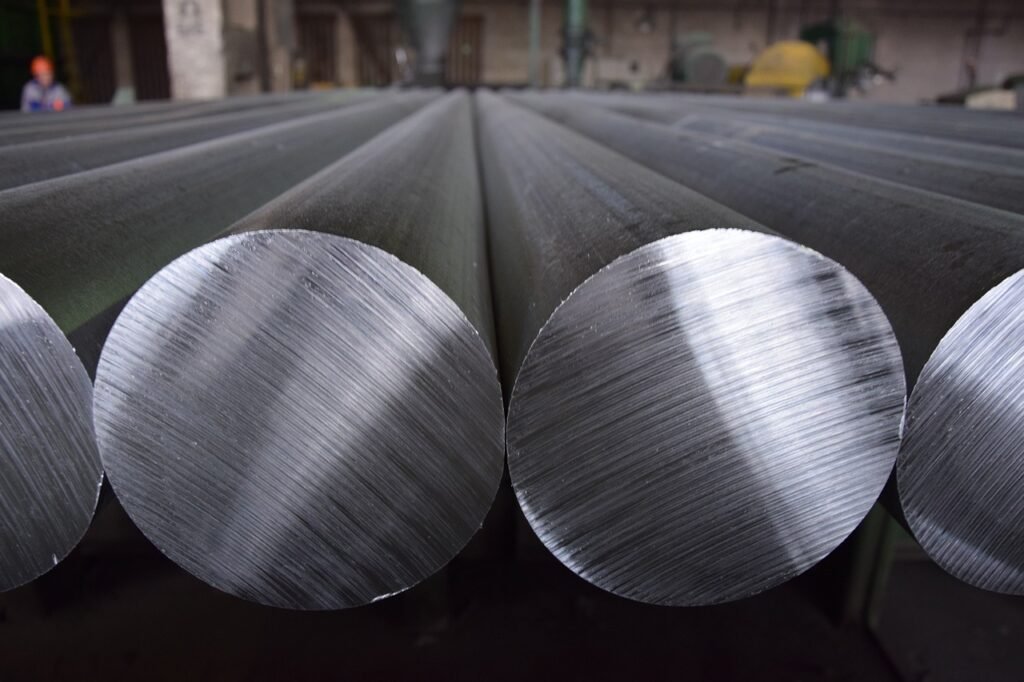
Cast Aluminum Alloys (e.g., 319, A356)
- Often contain silicon, which can be abrasive.
- Require end mills with sharp cutting edges and positive rake angles.
- Benefit from polished flutes to improve chip evacuation.
- May need lower cutting speeds compared to wrought alloys.
Wrought Aluminum Alloys (e.g., 6061, 7075)
- Generally more homogeneous and easier to machine than cast alloys.
- Allow for higher cutting speeds and feed rates.
- Work well with standard end mill geometries designed for aluminum.
Forged Aluminum Alloys
- Often have a denser grain structure, which can increase cutting forces.
- May benefit from end mills with reinforced cutting edges or special coatings.
- Require careful consideration of cutting parameters to manage heat generation.
High-Silicon Aluminum Alloys (e.g., 390, 413)
- Highly abrasive due to high silicon content.
- Require end mills with wear-resistant coatings like diamond or AlTiN.
- Benefit from tools with large chip gullets to handle the abrasive chips.
Aerospace-grade Aluminum Alloys (e.g., 2024, 7075-T6)
- Often require high precision and surface finish.
- Benefit from premium, coated end mills with optimized geometries.
- May need specialized coolant strategies to maintain tight tolerances.
When selecting an end mill, consider the specific properties of the aluminum alloy you’re machining. For softer, gummier alloys, opt for tools with higher rake angles and polished flutes to prevent built-up edge. For more abrasive alloys, prioritize wear-resistant coatings and robust tool geometries. Always consult the aluminum alloy’s specifications and tool manufacturer recommendations to fine-tune your milling cutter selection and cutting parameters for optimal performance.
Understanding End Mill Flutes
End mill flutes are the deep helical grooves that run along the length of the cutting tool. These grooves serve two primary purposes: they create cutting edges and provide channels for chip evacuation. When machining aluminum, the number and design of flutes significantly impact the tool’s performance.

For aluminum, fewer flutes are generally preferred. 2 flute end mills or 3 flute end mills are ideal for most aluminum machining operations. The reduced number of flutes allows for larger chip gullets, which is crucial when working with aluminum. Aluminum tends to produce long, stringy chips that can easily clog the flutes, leading to poor surface finish and potential tool breakage.
The larger chip gullets in two or three-flute end mills provide ample space for chip evacuation, reducing the risk of chip recutting and improving overall machining efficiency. Additionally, fewer flutes allow for higher feed rates, which is beneficial when working with aluminum’s relatively soft nature.
However, it’s important to note that in some finishing operations or when working with thin-walled aluminum parts, a higher number of flutes (such as four or more) may be preferred to achieve a smoother surface finish. The key is to balance chip evacuation needs with the desired surface quality for your specific application.
The Role of Helical Angle in End Mills

The helical angle, also known as the helix angle, refers to the angle between the centerline of the end mill and the leading edge of the flute. This angle plays a significant role in determining the cutting action, chip formation, and overall performance of the end mill when machining aluminum.
For aluminum machining, a high helical angle is generally recommended. End mills with helical angles between 35° and 45° are commonly used for aluminum. The higher angle provides several benefits:
- Smoother cutting action: A high helical angle creates a slicing motion as the tool engages the material, resulting in a smoother cut and reduced cutting forces.
- Improved chip evacuation: The steeper angle helps to lift and evacuate chips more efficiently, preventing chip recutting and reducing heat buildup.
- Reduced vibration: The gradual engagement of the cutting edges helps to minimize vibration, leading to better surface finish and increased tool life.
- Higher feed rates: The slicing action of high helix end mills allows for increased feed rates without sacrificing cut quality.
When selecting an end mill for aluminum, consider the specific requirements of your project. For general-purpose aluminum machining, a 40° helical angle is a good starting point. For roughing operations or when working with softer aluminum alloys, a slightly lower angle (35-38°) may be preferred to increase material removal rates. For finishing operations or when working with harder aluminum alloys, a higher angle (42-45°) can provide better surface finish and reduced tool wear.
End Mill Coatings for Aluminum
ملعمع کاری play a crucial role in enhancing the performance and longevity of end mills when machining aluminum. While uncoated carbide end mills can be used for aluminum, certain coatings can significantly improve cutting efficiency and tool life.
When selecting coatings for aluminum machining, it’s essential to choose options that provide:
- Reduced friction: Aluminum has a tendency to stick to cutting tools, leading to built-up edge (BUE) formation. Coatings that reduce friction help prevent this issue.
- Heat dissipation: Effective coatings can help manage heat generation during the cutting process, extending tool life.
- Increased hardness: Coatings that enhance the surface hardness of the tool can improve wear resistance and maintain sharp cutting edges for longer periods.
Some of the most effective coatings for aluminum machining include:
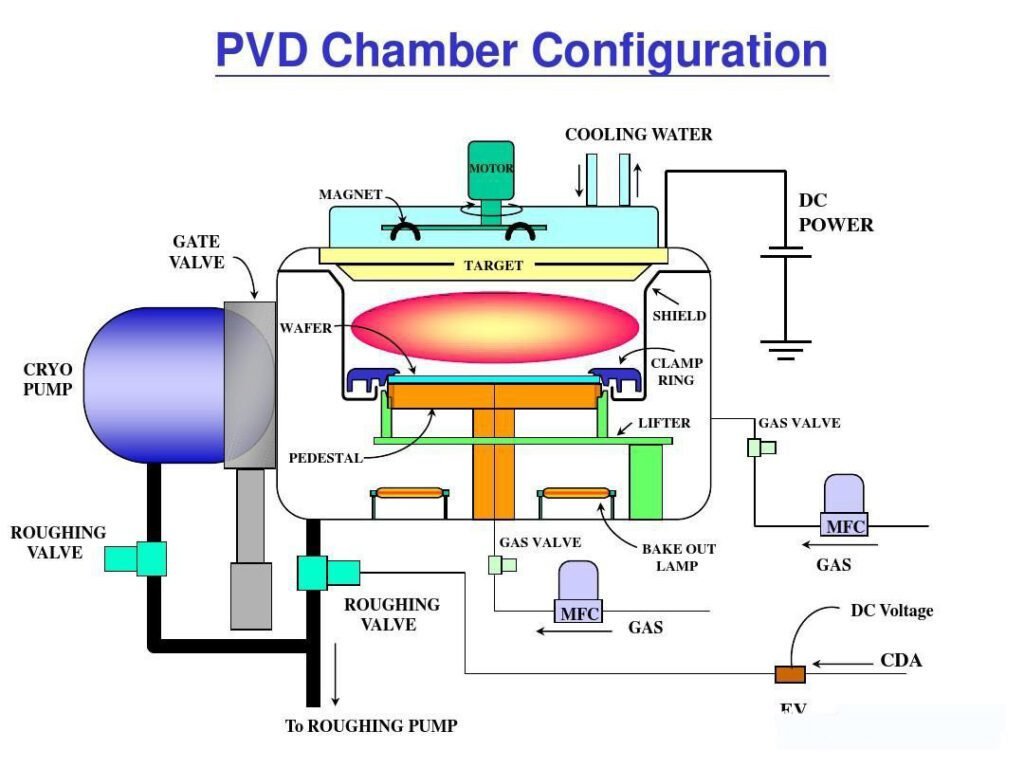
- Titanium Diboride (TiB2): This coating offers excellent resistance to aluminum adhesion and provides good wear resistance. It’s particularly effective for high-speed machining of aluminum alloys.
- Diamond-Like Carbon (DLC): DLC coatings provide a very low coefficient of friction, reducing the likelihood of built-up edge formation. They also offer good wear resistance and heat dissipation properties.
- Zirconium Nitride (ZrN): This gold-colored coating offers good lubricity and hardness, making it suitable for machining aluminum and other non-ferrous metals.
- Aluminum Titanium Nitride (AlTiN): While primarily used for harder materials, AlTiN can be effective for machining certain aluminum alloys, especially in high-temperature applications.
When choosing between coated and uncoated end mills for aluminum, consider the specific requirements of your project. Coated end mills generally offer better performance and longer tool life, especially in high-volume or high-speed machining operations. However, uncoated carbide end mills can still be effective for smaller projects or when cost is a primary concern.
Square End Mills
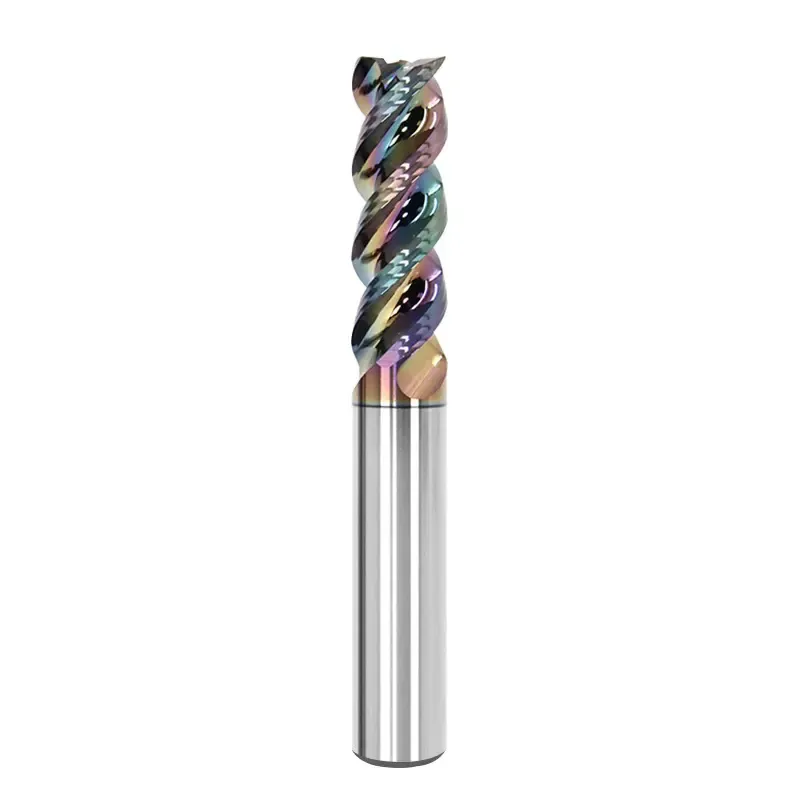
Square end mills, also known as flat end mills, are characterized by their flat bottom profile and straight cutting edges. These versatile tools are widely used in aluminum machining for various operations, including:
- Face milling: Creating flat surfaces on aluminum workpieces.
- Slot milling: Cutting precise slots and channels in aluminum parts.
- Pocket milling: Removing material to create recessed areas or pockets.
- Profile milling: Generating straight or contoured edges on aluminum components.
When using square end mills for aluminum machining, consider the following advantages and best practices:
Advantages
- Versatility in creating flat surfaces and sharp corners
- Efficient material removal in roughing operations
- Ability to plunge cut, allowing for the creation of blind holes and pockets
Best practices
- Use climb milling whenever possible to reduce cutting forces and improve surface finish.
- Employ a slight lead angle (typically 1-3°) to prevent rubbing and improve chip evacuation.
- Optimize cutting parameters (speed, feed, and depth of cut) based on the specific aluminum alloy and end mill diameter.
- Ensure proper coolant flow to manage heat generation and chip evacuation.
By following these guidelines, you can maximize the performance of square end mills in your aluminum machining projects, achieving high-quality results efficiently.
Bull Nose End Mills
Bull nose end mills, also known as corner radius end mills, feature a rounded corner between the end cutting edge and the side cutting edge. This design offers several benefits for aluminum machining:
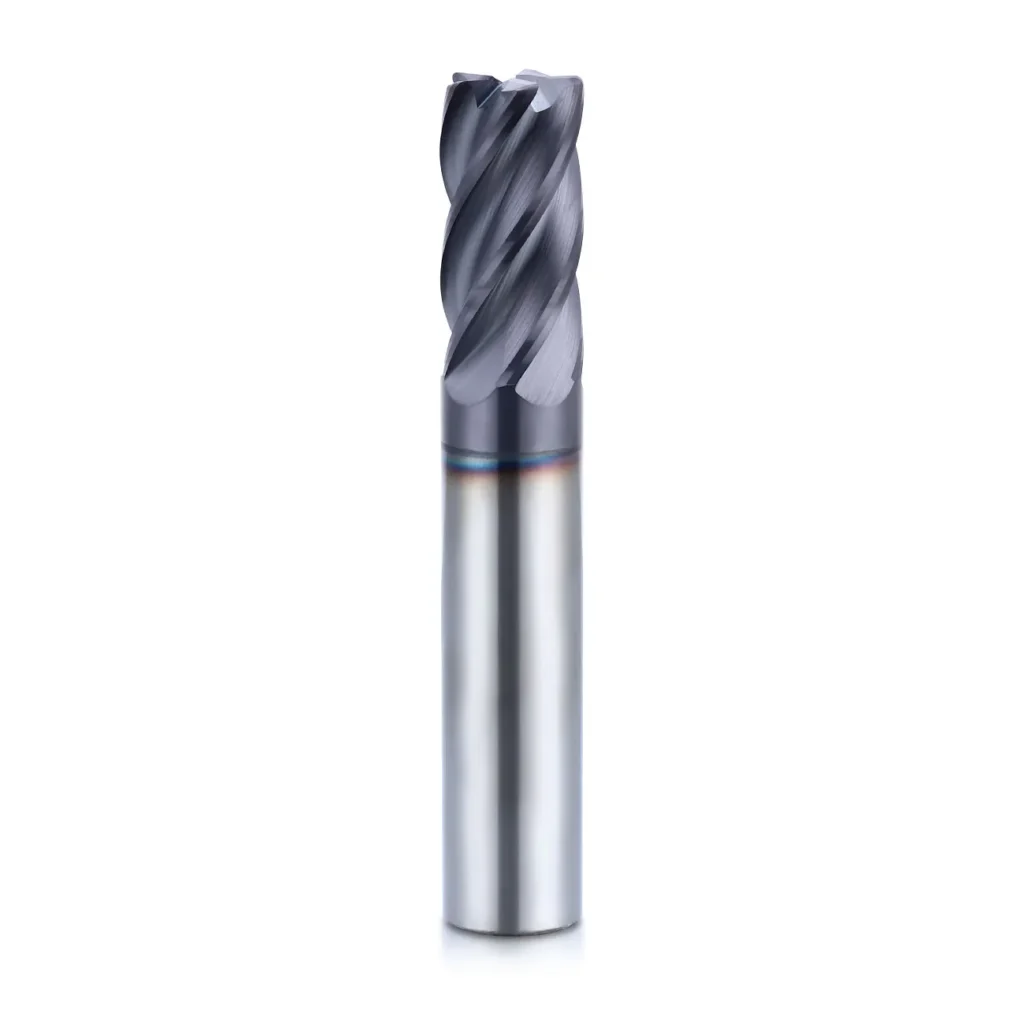
- Increased tool strength: The rounded corner reduces stress concentration, making the tool less prone to chipping or breaking.
- Improved surface finish: The gradual engagement of the cutting edges results in smoother surfaces, especially on contoured parts.
- Enhanced chip control: The rounded corner helps to break chips more effectively, improving chip evacuation.
Bull nose end mills are particularly useful for
- Profiling and contouring aluminum parts
- Creating fillets and rounded corners
- Roughing operations where tool strength is crucial
- Finishing passes on 3D surfaces
When using bull nose end mills for aluminum machining, consider these tips
- Choose the appropriate corner radius based on your application. Smaller radii provide more precise corners, while larger radii offer increased tool strength.
- Adjust your toolpath to account for the corner radius, especially when machining to specific dimensions.
- Use climb milling to reduce cutting forces and improve surface finish.
- Optimize cutting parameters based on the specific aluminum alloy and the size of the corner radius.
By leveraging the strengths of bull nose end mills, you can achieve excellent results in various aluminum machining applications, balancing surface quality with tool longevity.
Ball End Mills
Ball end mills, characterized by their hemispherical cutting end, are essential tools for machining complex 3D shapes and contoured surfaces in aluminum.

These versatile cutters excel in
- 3D profiling and sculpting
- Creating rounded bottoms in pockets and cavities
- Finishing operations on curved surfaces
- Engraving and decorative work on aluminum parts
The spherical cutting geometry of ball end mills offers several advantages
- Ability to machine at various angles, including straight down
- Smooth transition between different surface angles
- Reduced risk of gouging when machining complex shapes
To achieve optimal results with ball end mills in aluminum machining, consider these techniques
- Implement 3D toolpath strategies that maintain consistent engagement between the tool and the workpiece.
- Use smaller stepovers to improve surface finish and reduce tool deflection.
- Adjust feed rates based on the effective cutting diameter, which varies depending on the depth of cut.
- Employ tilt angles to avoid cutting with the center of the tool, where cutting speeds approach zero.
- Ensure adequate coolant flow to manage heat generation and chip evacuation, especially in deep cavities.
By mastering the use of ball end mills, you can unlock new possibilities in aluminum machining, creating intricate and high-quality 3D parts and surfaces.
Selecting the Right End Mill for Your Aluminum Project
Choosing the appropriate end mill for your aluminum machining project involves considering several factors
- Workpiece geometry: The complexity and features of your part will guide your choice between square, bull nose, or ball end mills.
- Material properties: Different aluminum alloys may require specific cutting tool characteristics for optimal performance.
- Surface finish requirements: The desired surface quality will influence your choice of flute count, helical angle, and end mill type.
- Production volume: Higher production volumes may justify investing in premium coated end mills for extended tool life.
- Machine capabilities: Ensure that your chosen end mill is compatible with your machine’s speed and power specifications.
- Budget constraints: Balance the initial cost of the tool with its expected performance and longevity.
To match end mill types to specific applications
- Use square end mills for general-purpose milling, slotting, and creating flat surfaces.
- Opt for bull nose end mills when strength and surface finish are priorities, especially in profiling operations.
- Choose ball end mills for 3D contouring, sculpting, and finishing curved surfaces.
By carefully considering these factors and understanding the strengths of each end mill type, you can select the most appropriate tool for your aluminum machining project, optimizing both performance and cost-effectiveness.
Best Practices for Using End Mills on Aluminum
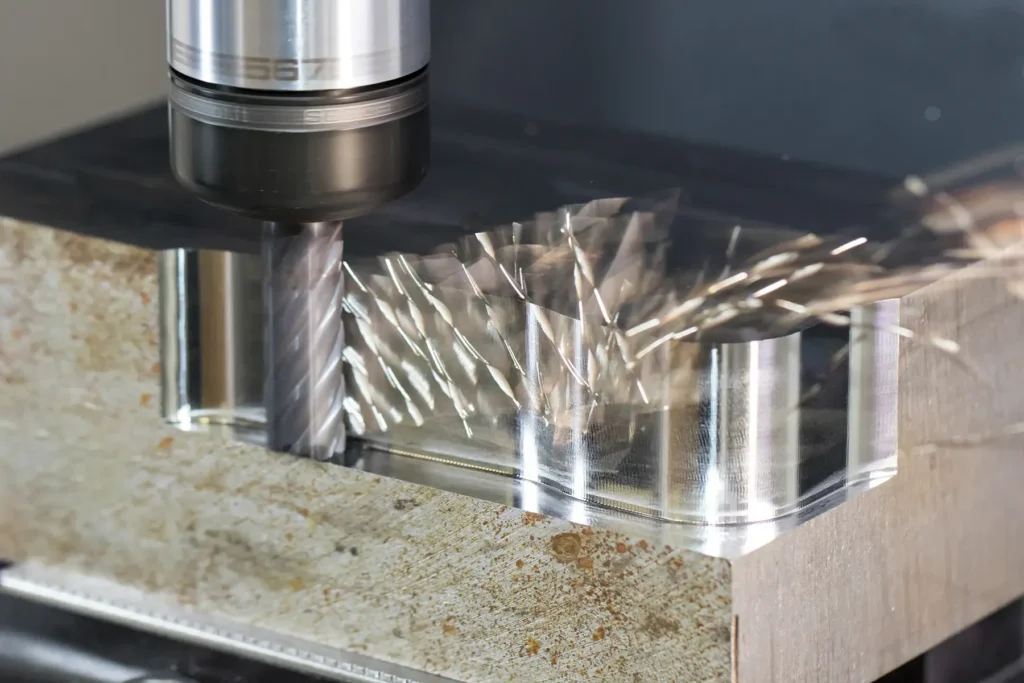
To achieve the best results when using end mills on aluminum, follow these best practices:
Proper speeds and feeds:
- Use high cutting speeds (SFM) to take advantage of aluminum’s machinability.
- Employ higher feed rates to maintain productivity and prevent rubbing.
- Adjust depth of cut and width of cut based on the specific end mill and operation.
Coolant and lubrication techniques
- Use adequate coolant flow to manage heat and assist in chip evacuation.
- Consider mist coolant systems for improved visibility and chip control.
- For certain operations, minimum quantity lubrication (MQL) can be effective.
Maintaining tool life and workpiece quality
- Implement regular tool inspection and replacement schedules.
- Use climb milling whenever possible to reduce cutting forces and improve surface finish.
- Ensure proper workpiece fixturing to minimize vibration and maintain accuracy.
- Optimize toolpaths to maintain consistent tool engagement and avoid sudden load changes.
By adhering to these best practices, you can maximize the performance of your end mills, extend tool life, and consistently produce high-quality aluminum parts.
Conclusion
Mastering the use of end mills for aluminum machining is a combination of understanding tool geometry, selecting the right tools for each application, and implementing effective machining strategies. By considering factors such as flutes, helical angles, coatings, and end mill types, you can optimize your aluminum machining processes for efficiency, quality, and cost-effectiveness.
Remember that the field of machining is constantly evolving, with new tools, coatings, and techniques being developed regularly. Stay informed about the latest advancements in end mill technology and aluminum machining practices to continually improve your skills and results.
Experiment with different end mill configurations and machining parameters to find the optimal solutions for your specific aluminum machining projects. By combining knowledge, experience, and a willingness to innovate, you can achieve exceptional results in your aluminum machining endeavors.
how many flute end mill for aluminum?
For most aluminum machining operations, 2-flute or 3-flute end mills are the go-to choices. They offer the best balance of chip evacuation, cutting efficiency, and surface finish. 2-flute end mills are particularly well-suited for roughing and high-material removal operations, while 3-flute end mills can handle both roughing and finishing tasks effectively.
4-flute end mills can be used for finishing operations or when working with more rigid setups, but they require careful attention to chip evacuation. Single flute end mills are specialized tools that excel in certain high-speed roughing scenarios.
what is the best end mill for aluminum?
When choosing an end mill for aluminum, opt for a carbide tool with 2-3 flutes to ensure efficient chip evacuation and cutting performance. A high helix angle between 35° and 45° is ideal, with 40° being a good all-purpose choice. For most applications, a square end mill offers versatility, while bull nose or ball end mills are better for specific profiling or 3D contouring tasks. Consider a coating such as Zirconium Nitride (ZrN) or Titanium Diboride (TiB2) to reduce friction and extend tool life, although uncoated carbide can also perform well. The end mill should have sharp cutting edges, positive rake angles, and large chip gullets to handle aluminum’s tendency to form long chips. For general-purpose use, a 3-flute carbide end mill with a 40° helix angle, ZrN coating, and a diameter appropriate for your specific task (commonly 3/8″ or 1/2″) would be an excellent starting point. Always consider the specific aluminum alloy, type of operation, desired surface finish, and your machine’s capabilities when making your final selection.
what type of end mill for aluminum?
For aluminum machining, the ideal end mill is typically a carbide tool with 2-3 flutes, featuring a high helix angle (35-45°) and sharp cutting edges. Square end mills are versatile for general-purpose work, while bull nose end mills offer better strength and surface finish for profiling, and ball end mills excel in 3D contouring. A 3-flute carbide square end mill with a 40° helix angle is a great all-around choice for most aluminum applications. Consider a coating like Zirconium Nitride (ZrN) or Titanium Diboride (TiB2) to improve performance and tool life. The end mill should have positive rake angles and large chip gullets to manage chip evacuation effectively. For roughing operations, a 2-flute design may be preferable, while finishing might benefit from a 3-flute configuration. Ultimately, the specific type of end mill will depend on factors such as the particular aluminum alloy, the machining operation (roughing, finishing, slotting, etc.), desired surface finish, and your machine’s capabilities.
can end mills for aluminum be used for wood?
End mills designed for aluminum can be used for wood, but it’s not always the ideal choice. While aluminum end mills can effectively cut wood, they are optimized for metal’s properties and may not provide the best results for woodworking. The high helix angles and fewer flutes typical of aluminum end mills can work well for wood, potentially resulting in clean cuts. However, wood-specific end mills often have different geometries, such as higher rake angles and chip-breaker designs, to handle wood’s fibrous nature and prevent tear-out. Aluminum end mills may also wear faster when used on abrasive woods or engineered wood products. Additionally, the cutting speeds and feeds optimal for aluminum are typically much higher than those for wood, requiring significant adjustments. While using an aluminum end mill on wood in a pinch is possible, for best results and tool longevity, it’s recommended to use end mills specifically designed for woodworking when working primarily with wood materials.

